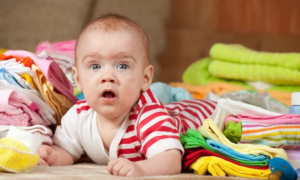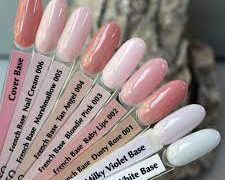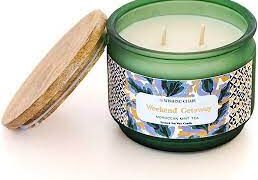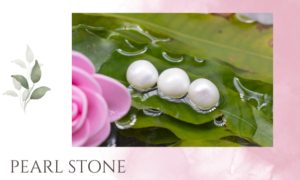
If you are a business owner or work in the packaging industry, you probably require moving boxes daily. Cardboard boxes are an integral member of the packaging industry, and several businesses/industries cannot do without them.
Corrugated Cardboard Box: What Is It?
Corrugated cardboard is one of the most versatile and most used protective packaging materials to securely ship all types of products. Corrugated cardboard is made of at least three layers of kraft paper that makes the cardboards stiff and strong, yet lightweight.
These cardboard boxes come in a variety of shapes, sizes, and designs.
What are These Cardboard Boxes Made Of?
The corrugated cardboard is usually made of pine trees that grow very fast. Some companies even own large acres of land where they plant the trees, nurture and mature them, and after they are harvested for packaging, the land is replaced with seedlings. Only the trunks of the trees are used in producing cardboard.
Then the tree trunks are shipped to pulp mills, where they are processed in a machine that removes the barks and converts them into wooden chips.
The processed chips then go through a chemical or mechanical pulping process. While the chemical process, the chips are “cooked” down using some specific chemical solutions, in the mechanical process, the chips are ground by forcing them against a stone that revolves.
Sometimes, recycled materials are also used instead of fresh wood. However, the liners made from the recycled fibre are of a lower quality and can be used only as central or inner liners of double-wall cardboards and double-wall moving boxes.
The wood pulp slurry is pumped to a Fourdrinier or a paper-making machine, which consists of square structures that can measure up to 600 feet long, with wire mesh. The papers that are first formed on the screens, later are fed into steam-heated rollers that have felt blankets to remove the excess water.
Once they are dry, the finished liner is wound into giant rolls and are shipped.
Fluting and The Middle Layer
The middle layer of corrugated cardboard that we see to have a wave-shaped pattern of arches is known as fluting.
There are a few different types of fluting. In recent times, the R flute board has replaced the B flute. While both of these are more or less similar, R fluting is thinner, which results in lower costs of the supply chain.
Because of its thinner size, it also takes up lesser storage space making it an important asset for businesses who have limited space for packaging materials.
Double-wall boxes can also have different types of fluting. Let’s say a cardboard box says “AB flute”, it would mean that it has A fluting at the top and B fluting at the bottom. How to identify? When you see a two-lettered fluting, the first letter would always refer to the top layer, and the second letter, the bottom layer.
Corrugated Cardboard and Transforming Them into Boxes
Fluting gives cardboard boxes the much-needed strength and helps in protecting the merchandise from getting damaged while getting shipped. The process by which the fluting effect is created by inserting kraft paper rolls into a roller machine to add ruffles to the paper rolls is called corrugating.
The parallel, horizontal ridges on corrugating rollers are called flutes, and thus the term ‘fluting’.
After it is passed through pre-heated rollers, the kraft paper is passed between corrugating rolls, which trap the paper and bend it slightly to create the crinkly ridges or fluting.
It is then passed through the ‘single-facer glue station’, which is another set of rollers. In this glue station, starch-based glue is applied to the edges of the corrugated kraft paper to stick it to the first liner layer, and is then made to go through the double-backer glue station to glue the other layer, and is finally heated by steam to cure the glue.
After getting processed, corrugated cardboard is trimmed by a slitter-scorer and transformed into cardboard box blanks.
After leaving the machine, the blanks slide onto a stacker, which places the former on a rolling platform. Finally, they are processed by other machines that convert the flat pieces of corrugated cardboard into cardboard boxes of different shapes and sizes.






